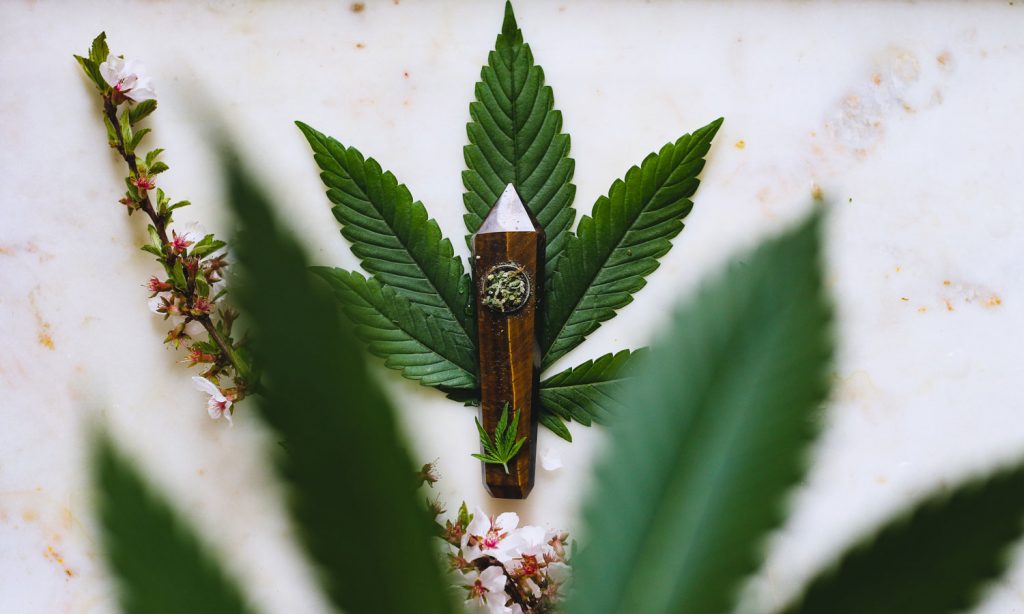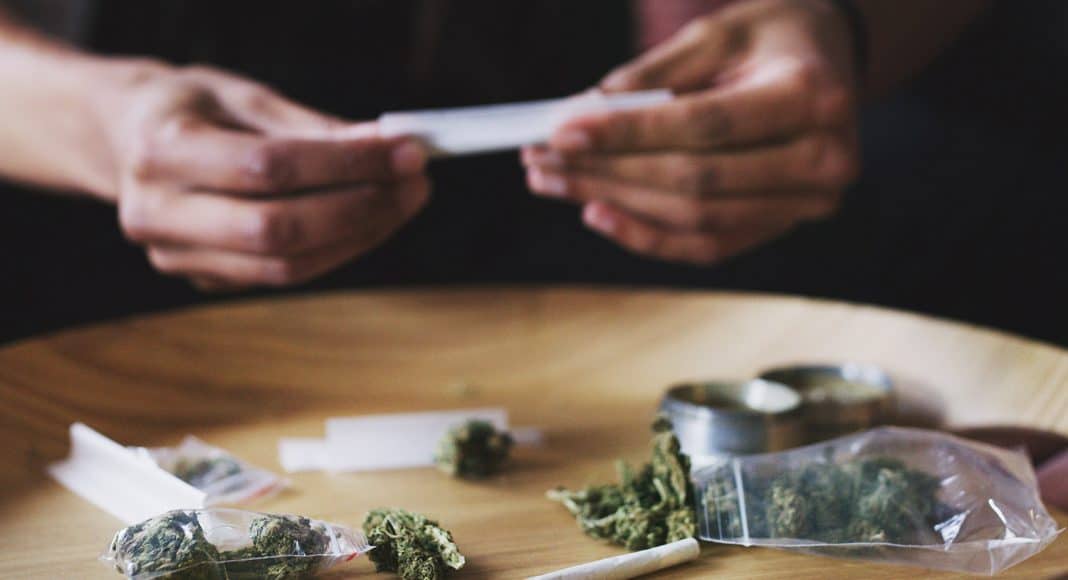Though marijuana is more widespread and mainstream, people are abusing the drug at far lower rates.
Earlier this year, United States Surgeon General Jerome Adams issued a warning about the newfound potency of today’s marijuana. “This ain’t your mother’s marijuana,” he said. “Not enough people know that today’s marijuana is far more potent than in days’ past.” The statement was picked up by prohibitionists like Alex Berenson and Tucker Carlson as proof positive we should not legalize marijuana nationwide.
While the Surgeon General isn’t wrong, that doesn’t mean legalization is wrong either. At a time when more Americans than ever support legalization — either as a medicine and wellness supplement or alcohol replacement — prohibition encourages posers. Black market producers grow high-THC strains because it delivers them the highest return on investment; vape cartridge mills add vitamin E acetate, as the CDC reports, to extend profit margins, a process that resulted in more than 2,000 vaping illness cases and 39 deaths.
RELATED: FBI Data Shows Marijuana Arrests Increased For Third Straight Year
The Surgeon General emphasized high THC levels in today’s marijuana as a warning to parents, as the effects of cannabis use in teenagers can include later problems in life. Studies have linked adolescent use to memory problems, depression, and loss of other cognitive functions as an adult. But if you analyze the data, the best solution isn’t scaring kids and maintaining prohibition policies.

Research suggests that legalization has helped discourage marijuana use in young people. Washington and Denver saw drops in adolescents using weed following legalization, one study found, while research published in an American Medical Association-backed journal found teen marijuana use rates dropped in all legalized states.
Perhaps the most encouraging study is the newest. Published in the Drug and Alcohol Dependence last month, researchers found that cannabis use disorder — the medical term to describe marijuana addiction — is declining among daily cannabis users. Between 2002 and 2016, the number of people diagnosed with CUD dropped 26.8% in adolescent users and 29.7% for those ages 18-25. Among those ages 26 and over, CUD diagnoses for daily users fell nearly 38%. In addition, researchers found the number of heavy marijuana users who drove under the influence (either drunk or stoned) also dropped significantly during that same time period.
RELATED: What Too Much Coffee Can Do To Your Endocannabinoid System
“There could be several reasons behind these declining rates,” study author Silvia Martins said in a statement. “First, the new national cannabis policy environment, with 33 states legalizing medical use and 10 states allowing recreational use of cannabis may have played a role in reducing stigma and perceptions of risk associated with cannabis use.
“Secondly, increasing legalization may also be associated with changes in social attitudes resulting in fewer conflicts with relatives and friends around cannabis use.”


